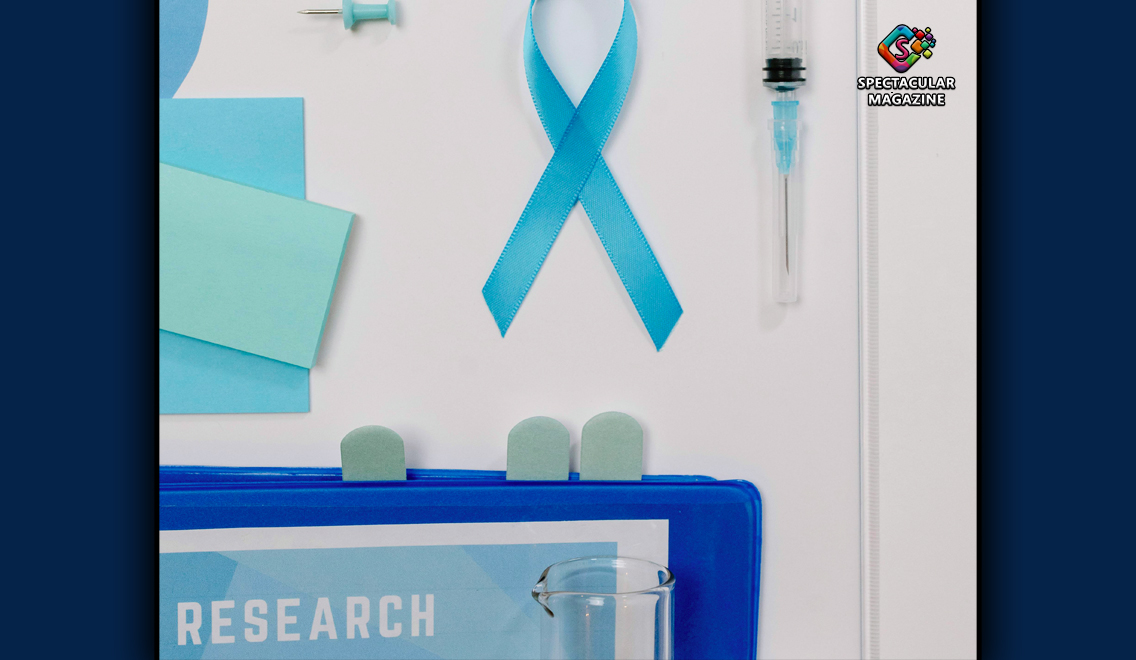Study: Living in Disadvantaged Areas May Contribute to Aggressive Prostate Cancer in Black Men
Those living in disadvantaged neighborhoods have significantly higher activity of stress-related genes, new research suggests, which could contribute to higher rates of aggressive prostate cancer in African American men. The study, co-led by the University of Maryland School of Medicine (UMSOM) and Virginia Commonwealth University (VCU), was published today in JAMA Network Open.
African American men have a higher incidence of prostate cancer. They are more than twice as likely to die from the disease than White men in the U.S. They are often diagnosed with aggressive cancer at an earlier age, but the reasons are not well understood.
“Our findings suggest an impact of living in disadvantaged neighborhoods – which more commonly affects African Americans – on stress-related genetic pathways in the body. We believe this may increase an individual’s risk of aggressive prostate cancer and contribute to prostate cancer disparities by race,” said the senior author, Kathryn Hughes Barry, PhD, MPH, Assistant Professor in the Department of Epidemiology and Public Health at UMSOM and a cancer epidemiology researcher at the University of Maryland Greenebaum Comprehensive Cancer Center (UMGCCC).
The study found that neighborhood disadvantage was associated with significantly higher activity, or expression, of stress-related genes. Experiencing extreme hardships or trauma can affect how much the genes in our DNA are expressed, setting off a cascade of events that can give rise to cancer or other negative health consequences.
Five genes that had higher expression in this study are related to inflammation, which is relevant to prostate cancer, among other health conditions. Increased inflammation has been linked with a higher chance of developing prostate cancer or a higher likelihood that the cancer will progress in men who have the disease. The gene with the strongest link was HTR6, part of the serotonin pathway, which helps carry messages between the brain and other body parts. HTR6 also contributes to other pathways that are thought to help regulate the body’s immune response and various HTR genes have been linked with lethal prostate cancer.
Dr. Barry said this observational study, which analyzed 105 stress-related genes from more than 200 African American and White men with prostate cancer, is among the first to suggest a possible link between neighborhood socioeconomic factors and RNA expression in prostate tumors. RNA (ribonucleic acid) comes from DNA and produces proteins that help the cell function.
“We need to conduct larger studies to investigate the interrelationships of neighborhood factors, individual-level factors, tumor biology, tumor aggressiveness, and patient outcomes to help inform interventions to reduce prostate cancer disparities,” Dr. Barry said. She and her colleagues plan a broader follow-up study that would include data from patients in other regions of the U.S.
Dr. Barry said that the levels of RNA produced by genes can change in response to various environmental factors. “An individual’s RNA levels can change in response to stress, and we and others hypothesize that resulting biologic effects, such as increased inflammation, may contribute to increased risk of aggressive prostate cancer,” she said.
Researchers evaluated neighborhoods where patients lived at the time of their diagnosis, relying on two indexes that measured neighborhood deprivation, taking into account income, education, employment, and housing quality. They also looked at racial segregation and historical redlining in which certain neighborhoods were systematically denied mortgage applications or refinancing, often based on race. While historical redlining occurred in the 1930s, such racist housing policies have led to long-term disinvestment and disadvantage that have been linked with worse health outcomes, including cancer outcomes, in the present day. Supporting the long-term impact of such policies, the current study observed that neighborhoods in the Baltimore area that were formerly redlined also tended to have higher disadvantages today.
Consistent with previous research, the current study also found that African American participants were more likely to live in disadvantaged neighborhoods than their White counterparts. Higher degrees of disadvantage occurred in Baltimore City compared with the rest of Maryland. Within Baltimore, higher disadvantage occurred in the central and western areas of the city.
“The research reveals a complex interplay between environment and genes, which is becoming increasingly important in the study of cancer health disparities,” said Mark T. Gladwin, MD, who is the John Z. and Akiko K. Bowers Distinguished Professor and Dean of UMSOM, and Vice President for Medical Affairs at University of Maryland, Baltimore. “It supports a potentially harmful effect of living in economically disadvantaged communities on stress-related genetic signaling pathways, such as the Conserved Transcriptional Response to Adversity, and underscores the importance of developing interventions to improve the health and well-being of our minority populations.”
The research was funded by an American Cancer Society Institutional Research Grant and several National Cancer Institute (NCI) grants. The Maryland Department of Health’s Cigarette Fund Restitution Program and the National Center for Advancing Translational Sciences provided additional financial support.



One thought on “Study: Living in Disadvantaged Areas May Contribute to Aggressive Prostate Cancer in Black Men”
Comments are closed.